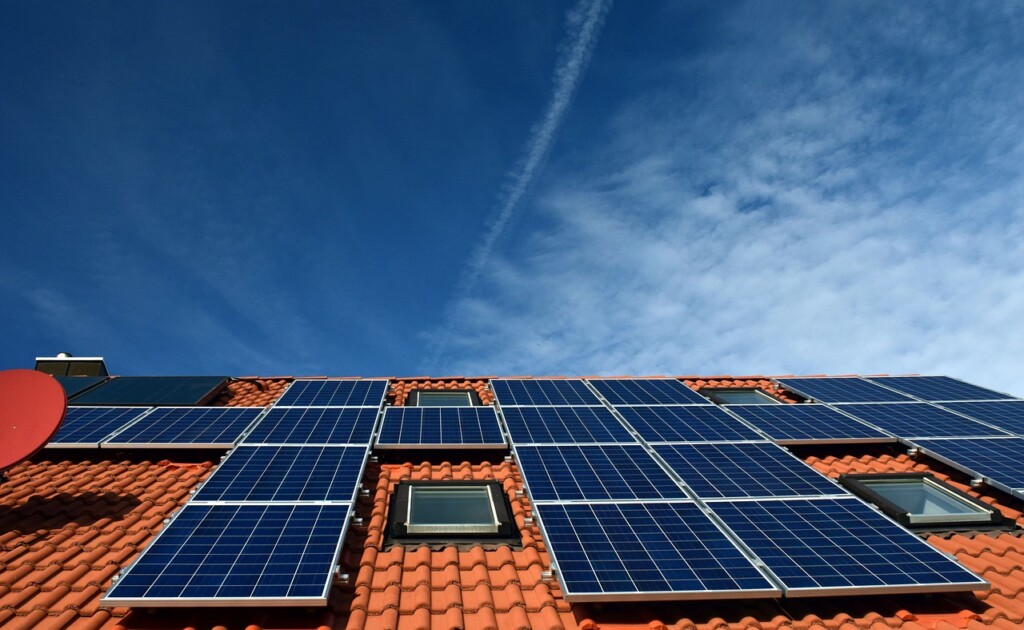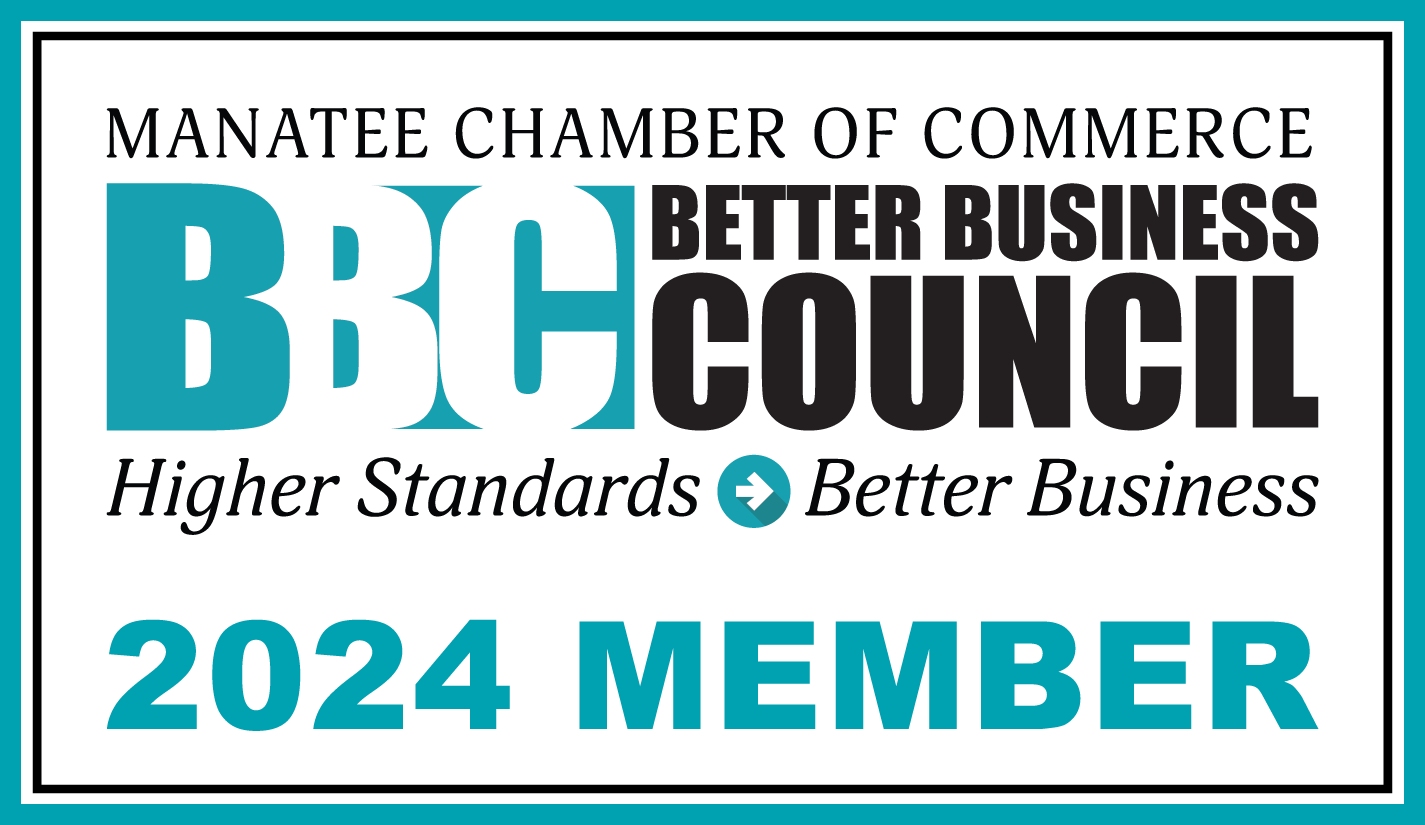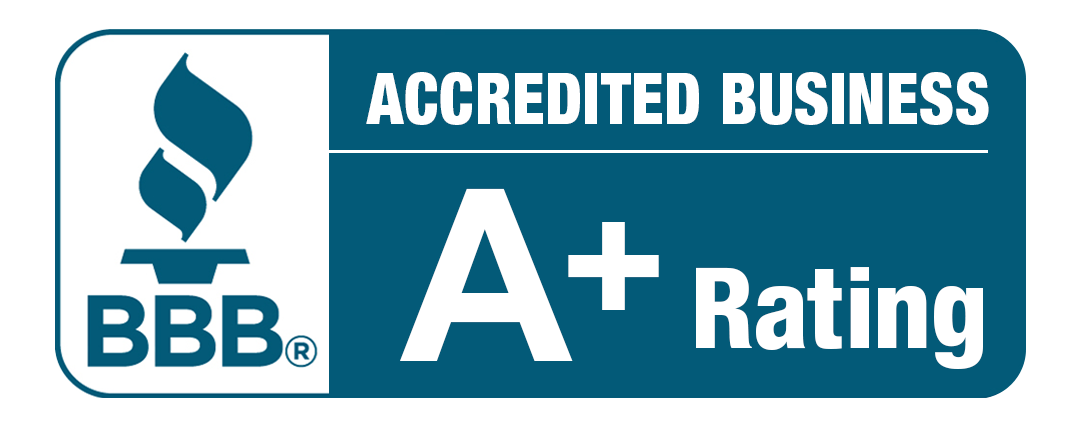Florida isn’t called the Sunshine State for nothing. With over 230 sunny days per year in many regions, it’s the perfect place to embrace solar energy. But you don’t have to install solar panels right away to take advantage of the sun. Instead, you can future-proof your custom home by making it solar-ready—a smart, cost-effective step that ensures your property can easily accommodate solar energy when the time is right.
Whether you’re looking to save on energy bills or simply want to boost your home’s resale value, preparing your home for solar now puts you ahead of the curve.
What Does “Solar-Ready” Mean?
A solar-ready home is designed and constructed with the infrastructure to support a future solar panel system—without the need for major renovations. Think of it like pre-wiring a house for security or internet; you may not use it right away, but having it in place makes future upgrades seamless and far more affordable.
Key components of a solar-ready design include:
- Roof orientation and pitch optimized for solar panels
- Minimal roof obstructions (vents, skylights, chimneys)
- Conduit pathways for solar panel wiring
- Dedicated space near your electrical panel for solar equipment
- Structural support for panel weight and wind resistance (critical in Florida)
Design Considerations for Maximum Sun Power
Not all roofs are created equal when it comes to harnessing solar power. If you’re building a solar-ready home from the ground up, you have a unique advantage—you can optimize roof design from day one.
Here’s what matters most:
South-facing orientation: Maximizes sun exposure throughout the day.
Roof pitch: A slope between 15–40 degrees is ideal for solar efficiency in Florida’s latitude.
Material and durability: Metal or architectural shingles work well with solar mounting systems.
Future expansion: Design roof space to accommodate extra panels if your energy needs grow.
Smart Wiring and Electrical Planning
Retrofitting a current home to be solar-ready involves a lot of work. If you are building a custom home, however, installing conduit runs and electrical infrastructure during initial construction is far less expensive. Homeowners should work with their builder and contracted electrician to:
- Install conduit from the roof to the utility room or garage
- Reserve space in your main electrical panel for a solar circuit breaker
- Include a subpanel or dedicated area for a future inverter or battery system
- Plan for energy storage, even if you’re not installing batteries right away
Adding a smart home system that monitors energy usage can also prepare your household for efficient solar energy management in the future.
Planning for Storage and Incentives
As solar battery systems like the Tesla Powerwall become more accessible, many homeowners are pairing panels with storage for backup power during outages, especially valuable during Florida’s hurricane season.
Expert Tip: Florida offers incentives, including property tax exemptions, net metering programs, and federal solar tax credits (currently 30% through 2032). Planning your home to qualify for these benefits later adds long-term value.
Future-Proofing Today for a Greener Tomorrow
Building a solar-ready home isn’t just about saving money—it’s about preparing for energy independence and taking environmental responsibility.
At Bruce Williams Homes, we can help you explore smart custom home design tailored to Florida’s climate and lifestyle. From roofing orientation to energy infrastructure, we help you build not just for today, but for tomorrow’s technology and savings.
Interested in making your Florida dream home solar-ready? Let’s talk about how we can design a future-focused home that takes full advantage of the Sunshine State.
Florida isn’t called the Sunshine State for nothing. With over 230 sunny days per year in many regions, it’s the perfect place to embrace solar energy. But you don’t have to install solar panels right away to take advantage of the sun. Instead, you can future-proof your custom home by making it solar-ready—a smart, cost-effective step that ensures your property can easily accommodate solar energy when the time is right.
Whether you’re looking to save on energy bills or simply want to boost your home’s resale value, preparing your home for solar now puts you ahead of the curve.
What Does “Solar-Ready” Mean?
A solar-ready home is designed and constructed with the infrastructure to support a future solar panel system—without the need for major renovations. Think of it like pre-wiring a house for security or internet; you may not use it right away, but having it in place makes future upgrades seamless and far more affordable.
Key components of a solar-ready design include:
- Roof orientation and pitch optimized for solar panels
- Minimal roof obstructions (vents, skylights, chimneys)
- Conduit pathways for solar panel wiring
- Dedicated space near your electrical panel for solar equipment
- Structural support for panel weight and wind resistance (critical in Florida)
Design Considerations for Maximum Sun Power
Not all roofs are created equal when it comes to harnessing solar power. If you’re building a solar-ready home from the ground up, you have a unique advantage—you can optimize roof design from day one.
Here’s what matters most:
South-facing orientation: Maximizes sun exposure throughout the day.
Roof pitch: A slope between 15–40 degrees is ideal for solar efficiency in Florida’s latitude.
Material and durability: Metal or architectural shingles work well with solar mounting systems.
Future expansion: Design roof space to accommodate extra panels if your energy needs grow.
Smart Wiring and Electrical Planning
Retrofitting a current home to be solar-ready involves a lot of work. If you are building a custom home, however, installing conduit runs and electrical infrastructure during initial construction is far less expensive. Homeowners should work with their builder and contracted electrician to:
- Install conduit from the roof to the utility room or garage
- Reserve space in your main electrical panel for a solar circuit breaker
- Include a subpanel or dedicated area for a future inverter or battery system
- Plan for energy storage, even if you’re not installing batteries right away
Adding a smart home system that monitors energy usage can also prepare your household for efficient solar energy management in the future.
Planning for Storage and Incentives
As solar battery systems like the Tesla Powerwall become more accessible, many homeowners are pairing panels with storage for backup power during outages, especially valuable during Florida’s hurricane season.
Expert Tip: Florida offers incentives, including property tax exemptions, net metering programs, and federal solar tax credits (currently 30% through 2032). Planning your home to qualify for these benefits later adds long-term value.
Future-Proofing Today for a Greener Tomorrow
Building a solar-ready home isn’t just about saving money—it’s about preparing for energy independence and taking environmental responsibility.
At Bruce Williams Homes, we can help you explore smart custom home design tailored to Florida’s climate and lifestyle. From roofing orientation to energy infrastructure, we help you build not just for today, but for tomorrow’s technology and savings.
Interested in making your Florida dream home solar-ready? Let’s talk about how we can design a future-focused home that takes full advantage of the Sunshine State.







